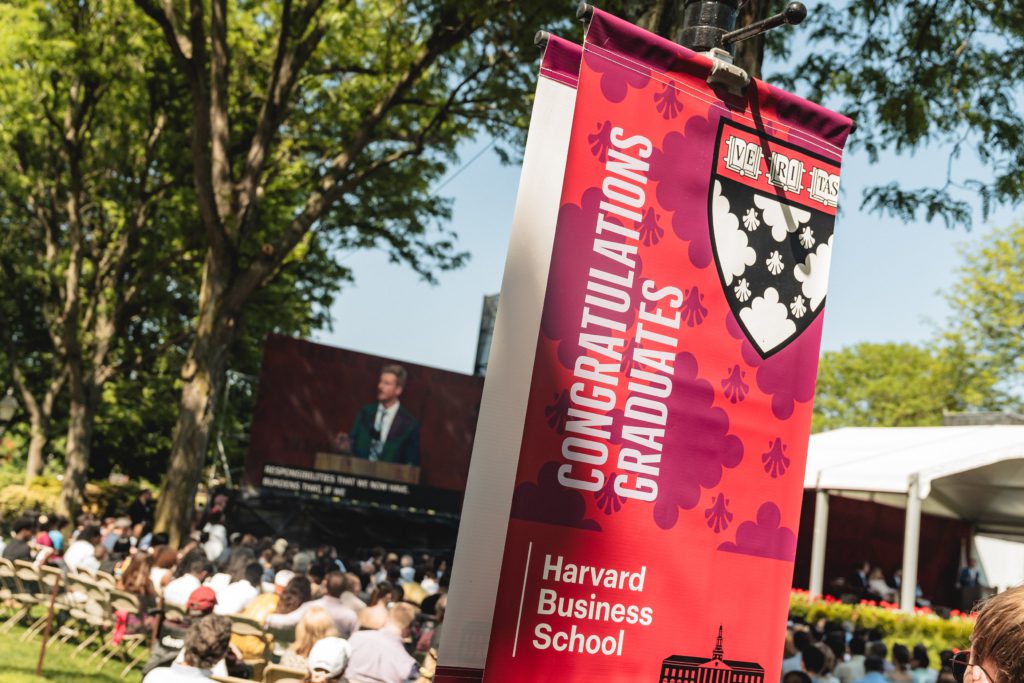Bussiness
How ‘The Apprentice’ Producer James Shani Wants to Reshape the Business of Film Distribution

James Shani bet big on Ali Abbasi’s buzzy Donald Trump biopic The Apprentice. After a stint as a talent manager at Issa Rae’s Hoorae Media, the 36-year-old producer launched his own indie production and distribution company, Rich Spirit, earlier this year, raising a pool of capital for an initial three-film slate of edgy international titles with positive social messages. But instead of spreading his bets, Shani opted to spend the bulk of his capital by stepping up from the role of minority investor to full co-distributor of The Apprentice alongside Briarcliff Entertainment when he fully acquired the movie after it became mired in a lengthy dispute over final cut with its original backer, Kinematics.
In North America, The Apprentice opened below expectations in October with $1.6 million in its first weekend, but Shani says he still very much believes his bet was the best choice for his company’s strategic future. The domestic number has since grown to about $4 million, while international territories have exceeded expectations, according to producers, lifting the worldwide total past $14 million (and a few large international territories such as Japan still remain). The powerful work from the film’s key cast — Marvel star Sebastian Stan in a riveting turn as the young Donald; Succession favorite Jeremy Strong bringing his full method-actor intensity to the dark eccentricities of Trump mentor Roy Cohn; and Borat Subsequent Moviefilm breakout Maria Bakalova as a vivacious young Ivana Trump — have made the movie an Oscars frontrunner in several categories for the 97th Academy Awards.
Ahead of the American Film Market (and prior to the presidential election), THR spoke with Shani about his vision for disrupting indie distribution and what he’s learned from releasing one of the year’s most hot-button movies.
Distribution is commonly cited as one of the hardest aspects of the business. Where do you see the opportunity to do something new?
You can certainly say that distribution is the hardest side of the business to innovate or make a meaningful impact. But I think it’s also true that it’s the part that just has not been fundamentally rethought. I’m interested in how you can eventize the viewing experience to create more meaning for moviegoers while boosting ticket revenue. I think the film-viewing experience should be similar to a sports experience, where you have a date on the calendar, and it’s almost like you’re going to a Lakers game, where you’re committing to the two-hour round-trip drive in traffic, but you know in advance that it’s going to be a special night out. If you’re competing against Netflix, TikTok and Instagram for people’s attention, the experience of indie cinema in the theater has to become more compelling. In the U.S., I don’t know anybody who really buys presale tickets in this way other than die-hard cinephiles. So how do we make the experience compelling enough that this becomes the model? If moviegoing becomes more of a cultural event, like going to a concert, instead of a drop-in experience, perhaps we’ll need to rethink how many movie theaters are in a city’s radius — but that’s OK. If you’re providing a richer experience, maybe the price of a movie ticket should be $40 instead of $12. If you deliver enough value, I believe there are plenty of film buffs and lovers of culture who will be fine with that. People are hungry for more meaningful options to experience culture.
What have you learned from releasing The Apprentice?
So far, it’s validated the team’s instincts. Getting involved in socially meaningful films is core to our approach. One of our business theses is that there should be more coordination between domestic and international territories for independent film releases. You have to strategize every market differently, of course, pulling out themes and positioning materials in a way that makes sense for each place, but you can also work in harmony. The film has done really well for us internationally. It was exciting to be in London for our U.K. premiere and to have 4,000 people expressing this palpable excitement about leaning into a political film. The film has done especially well there.
Why do you think that is?
My instinct is that the British are close enough to the story, but also far enough. They have some sense of what Donald’s story is, but there’s also still curiosity there — and they’re removed from it. Jeremy and Maria are also well known from Succession and Borat, great satirical comedies created by Brits. StudioCanal has done a really good job, too. Domestically, the situation is very different.
How so?
Of course, we were hoping for a bigger opening number, but it’s a tough environment right now. This film is the rare case where I question the notion of “all press is good press,” because the Trump narratives that have dominated headlines due to election timing were reductive of the film’s artistic excellence and have turned away a lot of folks in the U.S. The fact is, people who have watched the movie are pleasantly surprised, if not blown away by it, and the early international success validates that — as does the excitement around its awards potential. We always knew it would be a slower burn in the U.S. and I’m hopeful that once we’re past this tense moment in time, the film will find a wider audience. If we could do things over, I think I would have liked to have leaned much more into Roy Cohn, Jeremy Strong’s character, because that would be a fresh entry point for much of the U.S. audience, and the film is very much about corruption and how the system has been shaped, if not broken, by figures like Roy Cohn, and how Trump is simply a byproduct of that










